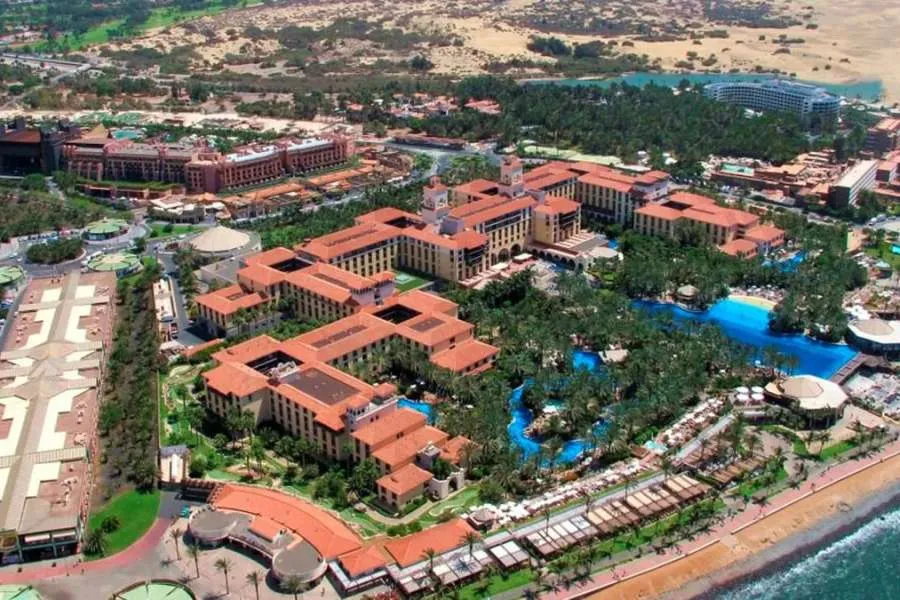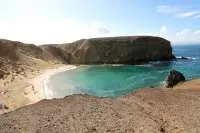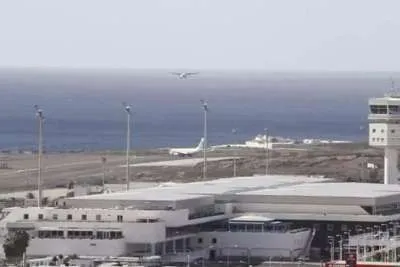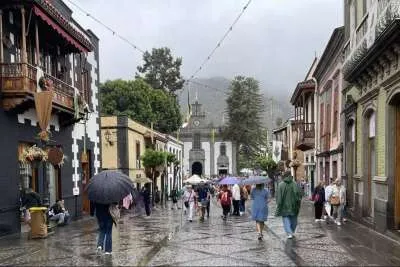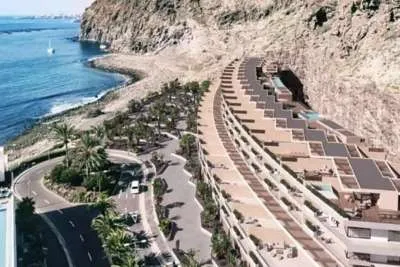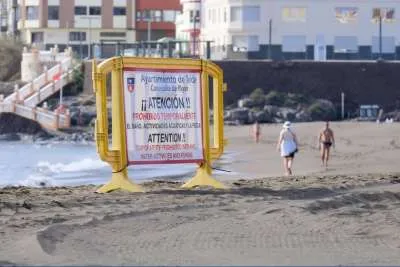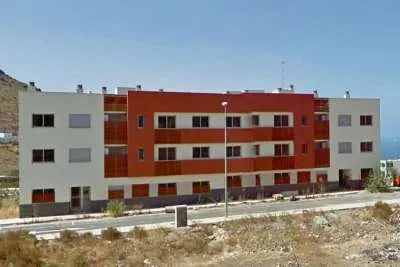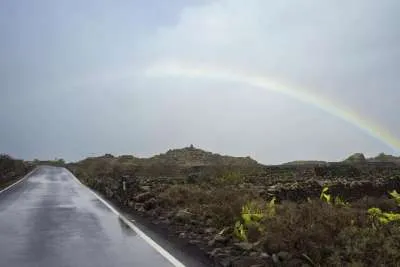How Casino Resorts Influence Tourism on the Canary Islands
- 27-10-2025
- Travel
- Canarian Weekly
- Photo Credit: Cvent
The Canary Islands have seen remarkable growth in their casino resort industry. This 87.5% increase has transformed the tourism landscape across Tenerife, Gran Canaria, Fuerteventura and Lanzarote. In 2025 alone, these establishments welcomed over 3.2 million visitors, generating approximately €780 million in direct revenue.
The impact extends far beyond gambling activities. Casino resorts on the islands now employ around 18,500 local residents, making them one of the region's largest private employers. This represents a 32% increase in tourism-related jobs since 2022, according to the Canary Islands Employment Observatory.
Furthermore, these integrated resorts have changed how tourists interact with the islands. The average length of stay for casino resort visitors reached 8.3 days in 2025, compared to 6.1 days for traditional tourists. This longer duration translates to significantly higher spending per visitor – €1,860 versus €1,240 for conventional vacationers.
Economic Impact and Revenue Distribution
The economic footprint of casino resorts extends throughout the local economy. A 2025 report by the Spanish Tourism Institute shows that for every €1 spent directly at casino resorts, an additional €1.73 is generated in the local economy. This multiplier effect has resulted in approximately €1.35 billion in total economic impact by players from casinos like RocketPlay.
Tax revenue from these establishments has become crucial for local governments. In 2025, casino resorts contributed €112 million in gambling taxes, €87 million in property taxes, and €63 million in tourism-specific levies. These funds have been allocated to:
- Infrastructure improvements (38%)
- Environmental conservation (24%)
- Cultural preservation (19%)
- Community development programs (12%)
- Emergency services enhancement (7%)
Moreover, the distribution of these resorts across the islands has helped spread tourism beyond traditional hotspots. Smaller islands like La Palma and La Gomera, which saw the opening of their first casino resorts in 2023, recorded a 41% increase in international arrivals in 2025 compared to 2022 figures.
Visitor Demographics and Market Evolution
The profile of tourists visiting the Canary Islands has shifted noticeably with the rise of casino resorts. The Spanish Tourism Research Centre reports that high-spending visitors from new markets now account for a significant portion of arrivals.
Primary Visitor Origin Markets in 2025
|
Country/Region |
Percentage of Casino Visitors |
Average Stay (Days) |
Average Spending (€) |
Year-over-Year Growth (%) |
|
United Kingdom |
23.8% |
7.2 |
1,720 |
4.2% |
|
Germany |
18.4% |
8.1 |
1,890 |
3.6% |
|
Russia |
14.2% |
10.3 |
2,340 |
12.7% |
|
Middle East |
11.7% |
11.5 |
3,860 |
18.3% |
|
China |
9.5% |
6.4 |
3,120 |
15.9% |
|
United States |
8.6% |
8.7 |
2,780 |
9.2% |
|
Other Markets |
13.8% |
7.9 |
1,950 |
5.1% |
The data reveals a notable increase in visitors from regions with higher average spending. Middle Eastern tourists, in particular, stay longer and spend 123% more than the average visitor. This has prompted casino resorts to develop specialised amenities and services targeting these profitable markets.
In addition, the age demographics have shifted. While the Canary Islands traditionally attracted older tourists (55+), casino resorts have drawn younger visitors. As of 2025, 47% of casino resort guests are between 35 and 54 years old, and 28% are in the 25-34 age bracket. This younger demographic typically combines gambling with other activities like water sports, hiking, and nightlife.
Environmental and Cultural Considerations
The expansion of casino resorts has not been without challenges. In 2025, the Canary Islands Environmental Protection Agency reported that large resort developments have increased water consumption by 13.7% in coastal areas since 2020. Energy usage has also risen by 8.3% during the same period.
To address these concerns, newer casino resorts have implemented sustainable practices:
- The Grand Oasis Resort in Tenerife, which opened in 2024, uses desalination systems that reduce freshwater consumption by 65%
- The Palms Casino in Gran Canaria operates with 82% renewable energy
- Four major resorts have achieved carbon-neutral certification in 2025
- New developments must allocate 17% of their budget to environmental mitigation measures
Culturally, casino resorts have introduced programs that showcase local heritage. For example, 73% of entertainment acts featured at casino venues in 2025 included elements of traditional Canarian music, dance, or folklore. Additionally, resort restaurants are now required to source at least 35% of ingredients locally, supporting island agriculture.
Future Outlook and Development Plans
Looking ahead, the Canary Islands government has approved permits for 7 additional casino resorts to be built between 2026-2028, representing approximately €2.3 billion in new investment. These developments are expected to create 9,300 additional jobs.
However, new regulations implemented in 2025 place stricter limits on:
- Building heights (maximum 6 stories in coastal areas)
- Density (maximum 35 rooms per acre)
- Water usage (mandatory recycling systems for 80% of wastewater)
- Energy consumption (minimum 50% must come from renewable sources)
Therefore, the next generation of casino resorts will likely be more integrated with their surroundings and less environmentally impactful. Tourism authorities project these new developments will help increase annual visitor numbers from 14.2 million in 2025 to approximately 17.8 million by 2030.
Conclusion
Casino resorts have fundamentally transformed tourism on the Canary Islands. They have diversified the visitor base, extended average stays, increased spending, and created significant employment opportunities. While environmental concerns remain, recent regulations and industry trends suggest a more sustainable approach moving forward.
The success of these resorts demonstrates how specialised tourism infrastructure can reshape a destination's appeal. By combining gambling with cultural experiences, outdoor activities, and luxury amenities, the Canary Islands have positioned themselves as a multifaceted destination that appeals to a broader range of international travellers.
Other articles that may interest you...
Trending
Most Read Articles
Featured Videos
A Vision of Elvis Tenerife Promo
- 10-05-2025
TEAs 2025 Highlights
- 17-11-2025


